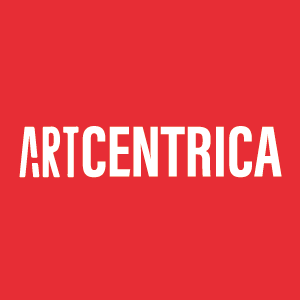The mirror and its symbolic meaning in Art history
ArtCentrica
26 November 2021
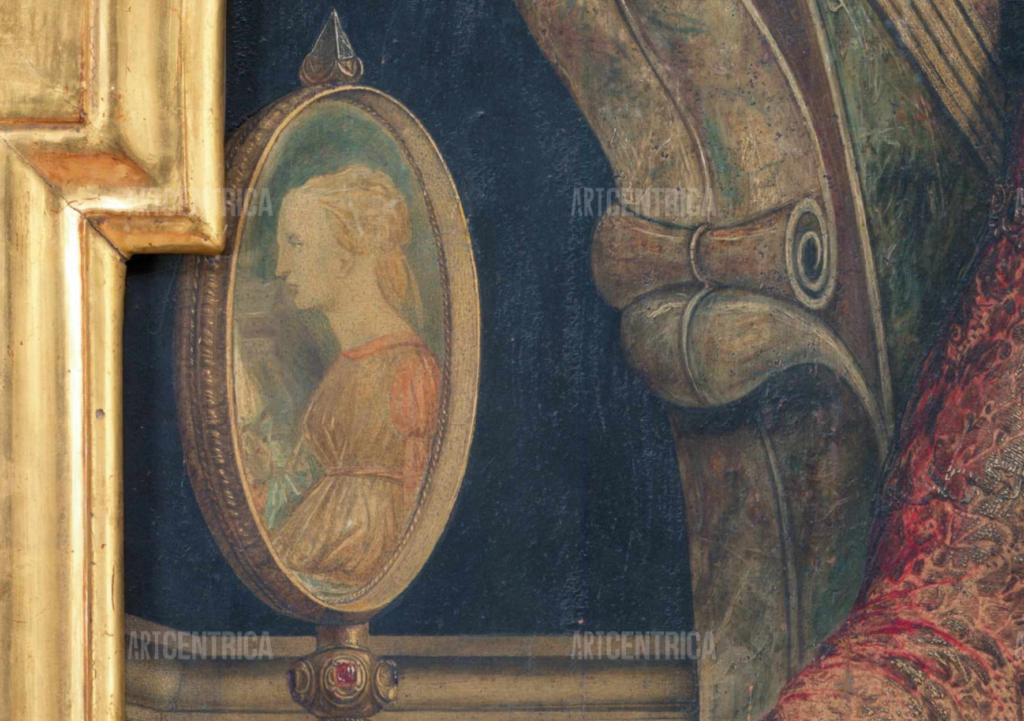
The mirror, a recurring element from the Renaissance to Post-Impressionism
One of the many peculiar aspects of the Art world, recurring with the succession of historical eras, is that of attributing allegorical meanings to specific elements. Often, these can acquire new meanings for various reasons, such as changing religious beliefs, politics and society.
Therefore, it becomes extremely interesting to investigate how certain artists, in their works, represent them and above all what they want to convey to the viewer through them.
However, artworks are not always easily accessible, for example for reasons related to distance. Thanks to ArtCentrica these can be enjoyed in a single virtual space, which allows a detailed study. Through immediate connections, reconstructing the development of pictorial language throughout history will no longer be an obstacle.
And speaking of symbolic meanings, let’s find out what the “Mirror” is, an object particularly exploited by artists from all over the world; not only to create self-portraits, but also to convey a precise message.
From the Latin “speculum” (“to observe”), mirror allows you to see your own reflected image; it refers to the vision of one’s external appearance and at the same time to internal knowledge. Throughout history it has been represented as an allegory of vanity and pride; as a symbol of prudence and knowledge or of deception.
There are three works examined that have this emblematic object as their protagonist:
La Prudenza, Piero del Pollaiolo; Penitent Magdalene, Georges de la Tour and Woman before a Mirror, Henri de Toulouse-Lautrec.
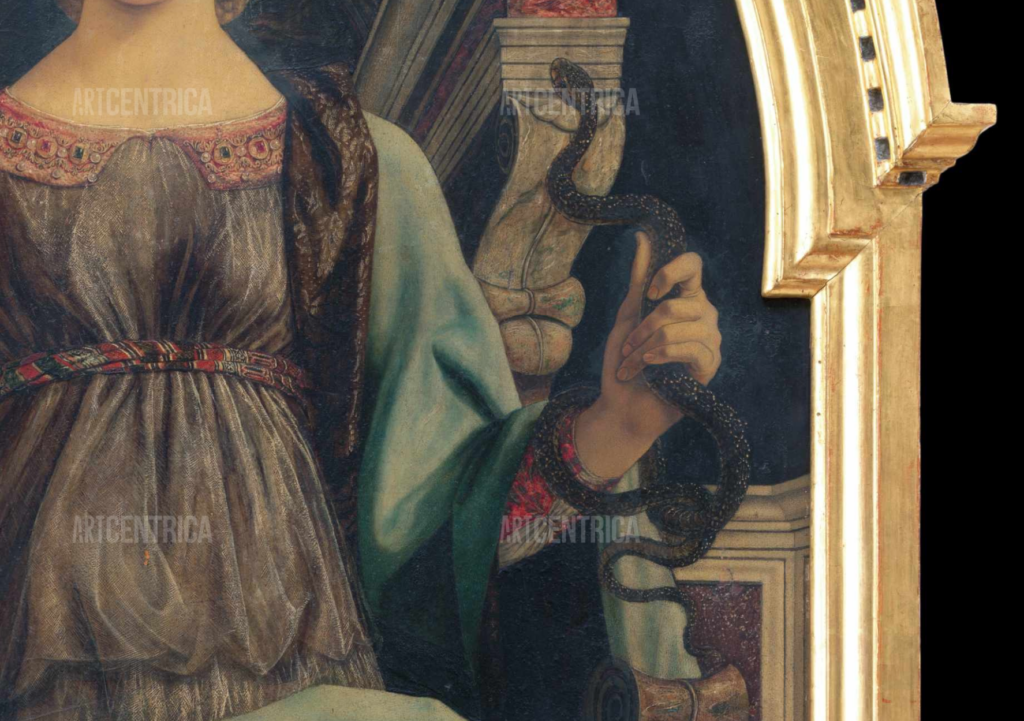
Prudence, Piero del Pollaiolo (1470)
In Piero del Pollaiolo’s painting Prudence, the mirror is associated with the homonymous virtue, depicted in the guise of a young woman. Together, she holds a snake in her hand.
Here, the mirror is a symbol of intelligence used against adversity (the snake), since it embodies the virtue that requires knowledge of oneself; an essential condition for determining one’s actions. Knowing each other means, in fact, knowing what your limits and possibilities are.
Zooming in on the artwork, we also see that the woman is not portrayed in the act of looking at herself, but while she points to the mirror. This is an invitation to the viewer to look at the truth of things in it.
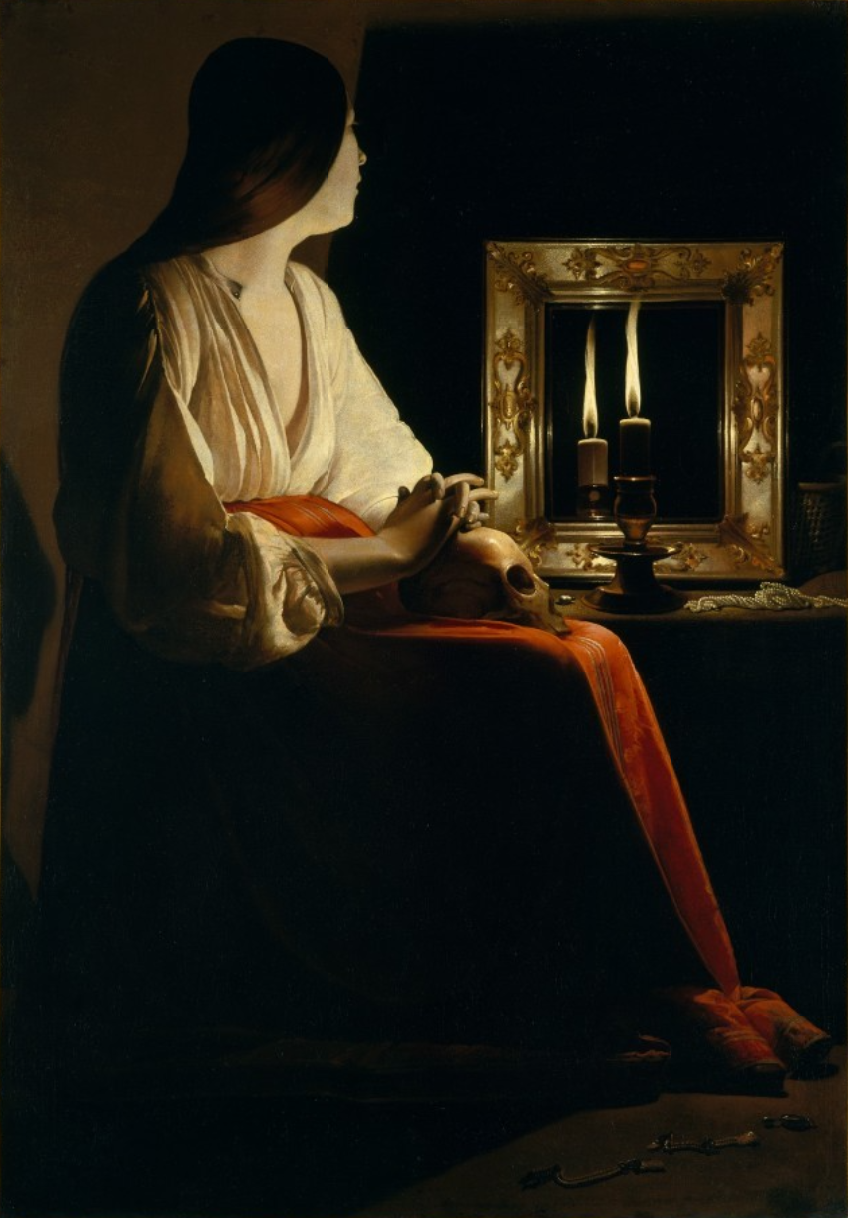
Penitent Magdalene, Georges de la Tour (1640)
MET (The Metropolitan Museum of Art, New York)
Georges de La Tour portrays Mary Magdalene in a dimly lit room. The woman is sitting on a low cabinet where a mirror is placed, to which she looks. Yet this does not reflect her face, lost in the void, but the light of the candle in front of her that is being consumed.
The repeated flame underlines the divine light and mirror to signify the understanding of the message.
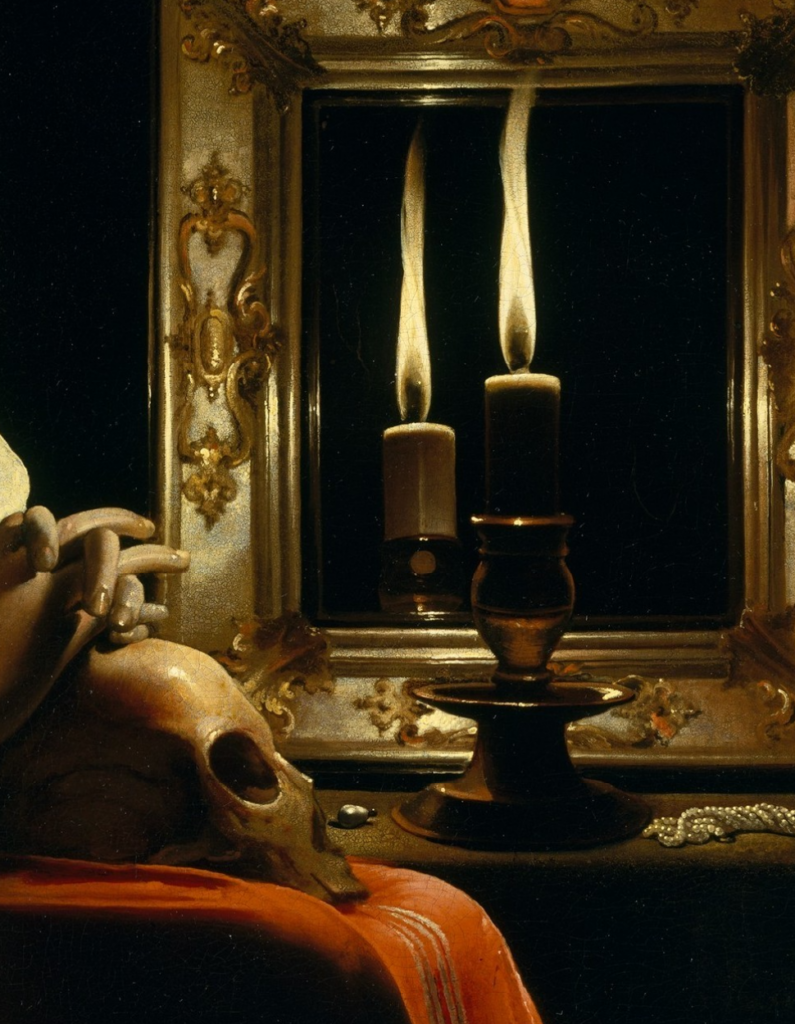
Fun fact:
In Disney movie The Little Mermaid, one of Georges De La Tour’s Maddalene appears among the objects of human civilization that Ariel jealousy keeps in his cave.
Like the saint, the young mermaid at that moment reflects on the choices of her own life. As a mirror, she sees herself in that painting, before making the decision that will change her forever.
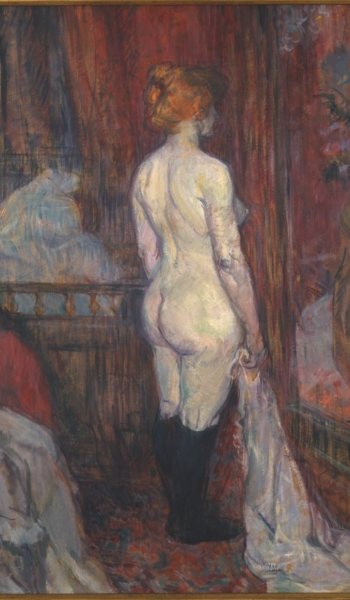
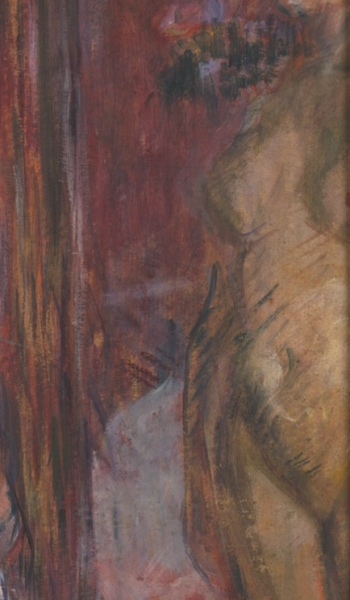
Woman before a Mirror, Henri de Toulouse-Lautrec (1897)
MET (The Metropolitan Museum of Art, New York)
Disenchanted and bitter is Toulouse-Lautrec’s canvas.
The protagonist is a prostitute no longer very young, and a little burdened by the profession.
The woman places herself naked in front of the mirror, recognizing the first signs an overused body, silently making an inventory of her life.
For a short period, between the nineteenth and twentieth centuries, the mirror once again became an object full of allusive meanings; alternatively an instrument of knowledge or a metaphor for deception.
A privileged place for inner investigation or a source of violent disturbances, even of an erotic nature.
Continue exploring the masterpieces of art on ArtCentrica!
Recent Posts
Have Any Question?
For any feedback, question, or simply a friend note drop, us a message!
- info [at] artcentrica [dot] com
